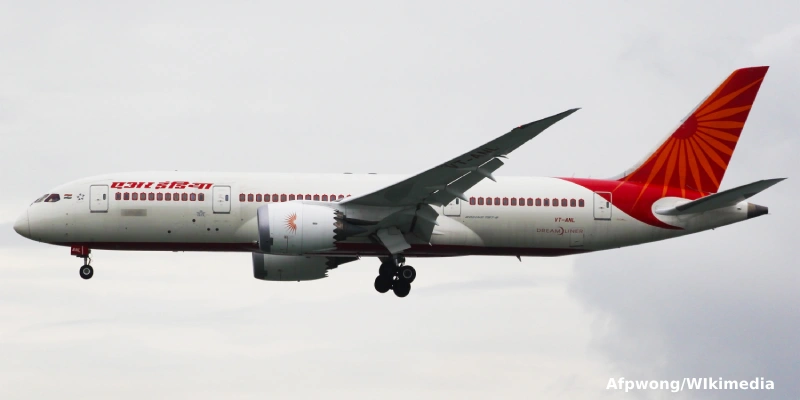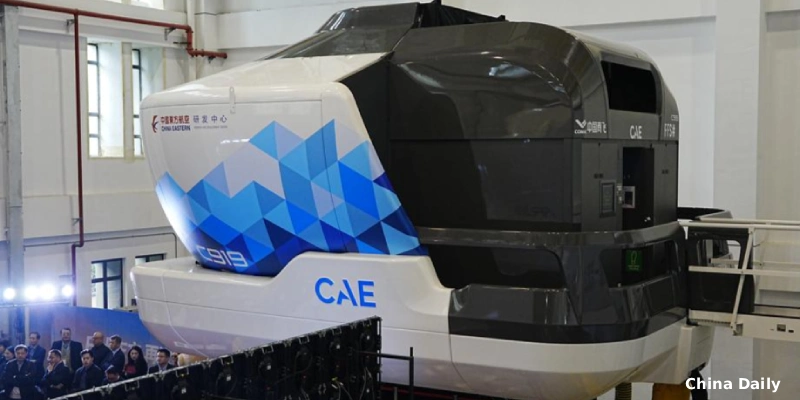Spirit Airlines is going through one of the most critical periods in its history. After emerging from bankruptcy in March with the promise of attracting more affluent travelers, the airline filed for insolvency again just six months later. Its bet on a more “premium” model, far from being the expected salvation, has highlighted the limits of a trend spreading among low-cost carriers in the US market.
A Model Pressured by Costs and Competition
The current commercial aviation landscape has left little room for maneuver for low-cost airlines. The combination of rising wages, more expensive aircraft leases, and inflation has eroded the competitive advantage that sustained them. At the same time, budget-conscious travelers—their primary customer base—have been the hardest hit by the loss of purchasing power.
The country’s three major carriers—Delta, United, and American Airlines—have taken advantage of the situation to strengthen their presence in the economy segment. They have deployed higher-capacity aircraft on domestic routes and expanded their basic economy fares, successfully attracting a audience that previously chose low-cost carriers. The result: pressured margins and a declining market share for Spirit and its competitors.
Margins Under Pressure
Spirit’s transformation aimed to offset higher costs with additional revenue from premium services. Frontier Airlines, its main rival, followed a similar path, adding first-class style seats and enhanced loyalty benefits. Breeze Airways, founded by David Neeleman (ex-JetBlue), also bet on a hybrid model with bundled amenities at prices lower than those of traditional airlines.
However, the numbers did not follow. Spirit recorded a 20% drop in its quarterly revenue and a plunge in passenger numbers. Its operating costs—excluding fuel—soared, leading to a loss of $246 million in the second quarter, while Frontier reported losses of $70 million.
→ Spirit Airlines Announces Significant Progress in Restructuring with Key Agreements
In the same period, Spirit’s operating expenses represented 118% of its revenue, compared to 84% in 2019. Frontier, meanwhile, reached 108%, a jump of 24 percentage points from the pre-pandemic era. Although traditional airlines also face higher costs, their revenue diversification has allowed them to maintain more solid margins.
David Neeleman attributes these difficulties to direct competition with the major carriers. “Smaller airlines like Breeze and Allegiant are making money because they operate routes without competition,” the executive explained.
Muscle of the Majors
Traditional airlines have known how to use their size to their advantage. United Airlines, for example, reported that its basic economy fare already accounts for 15% of domestic sales, two points more than in 2023. Its Chief Commercial Officer, Andrew Nocella, called the strategy a “home run” for the company.
“What really hit us was the proliferation of basic economy fares,” Neeleman acknowledged in statements to Reuters.
In a Congressional hearing, Frontier CEO Barry Biffle accused the major airlines of subsidizing these fares through their loyalty programs and asked legislators to remove barriers that prevent low-cost carriers from competing on a level playing field. “Too many gates are closed and too many gates are blocked,” he stated.
The “Premium” Shift That Complicated Simplicity
Spirit has modified its model to include services previously unthinkable in its basic scheme: priority boarding, complimentary snacks and drinks, streaming Wi-Fi, and checked baggage at no extra cost. Frontier also improved its customer service and fare structure.
But, according to analysts, this evolution added operational complexity and diluted the simplicity that underpinned the low-cost model. “Do you know any example of an airline that has tried to reposition itself up the value chain and survived?” questioned John Grant, senior analyst at OAG.
Brand Perception, a Persistent Obstacle
Despite efforts to improve their image, Spirit and Frontier still carry a negative reputation. Both occupied the bottom spots in this year’s J.D. Power satisfaction study. Furthermore, a U.S. Senate report revealed that the two airlines paid $26 million in incentives between 2022 and 2023 to employees responsible for enforcing baggage policies.
Michael Taylor, Managing Director at J.D. Power, summarizes it this way: “The only reason passengers choose them is because they are looking for the lowest possible price.”
In response, both companies have eliminated change and cancellation fees on many fares, extended the validity of flight credits, and reinstated direct phone support for elite customers. Nevertheless, complaints persist. Lesly Simmons, a technology professional in San Francisco, reported that she paid twice for checked baggage with Frontier and never received the refund. “I don’t understand why I would stop flying with an established airline that treats me well to fly with one that doesn’t,” she said, mentioning her preference for United.
With information from Reuters.
Related Topics
Air India to Resume Direct Flights Between Delhi and Rome Starting March 2026
Pakistan Advances Privatization of PIA After Intense Bidding for 75% of Airline
China Eastern Becomes World’s First Airline to Receive a C919 Simulator
IndiGo Under Scrutiny by India’s Antitrust Authority After Mass Flight Cancellations

Plataforma Informativa de Aviación Comercial con 13 años de trayectoria.




